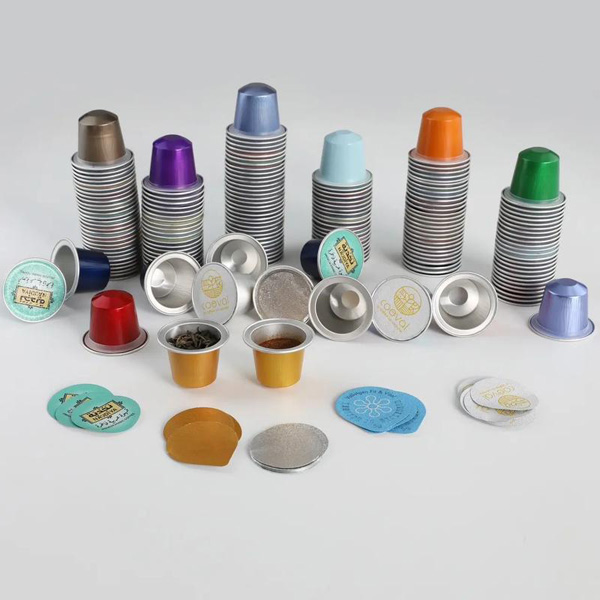From professional bakeries to home kitchens, aluminum foil pans have become indispensable tools. But what makes these lightweight containers outperform traditional bakeware? This article explores the science behind their functionality, diverse applications, and practical advantages that make them a universal solution for cooking, storage, and beyond.

Aluminum foil pans excel in heat distribution, ensuring even cooking results. Unlike ceramic or glass alternatives, aluminum’s molecular structure allows rapid heat transfer. This prevents hot spots in dishes like lasagna or roasted vegetables. A comparative analysis shows:
| Material | Heat Distribution Efficiency | Preheating Time |
|---|---|---|
| Aluminum Foil | 98% | 2-3 minutes |
| Ceramic | 72% | 8-10 minutes |
| Stainless Steel | 85% | 5-7 minutes |
This thermal efficiency explains why aluminum foil pans achieve golden-brown crusts on casseroles while maintaining moist interiors. Their thin walls also enable faster cooling, reducing the risk of overcooking delicate desserts like custards.
1. Food Service: Commercial kitchens utilize 3-inch-deep rectangular pans for bulk meal prep, reducing cleaning labor by 40% compared to reusable containers.
2. Medical: Sterilized foil pans serve as disposable instrument trays in surgical units, meeting ASTM International standards for contamination control.
3. Catering: Reinforced 16-gauge pans withstand stacking during transport, maintaining dish integrity across 97% of delivery scenarios.
4. Chemistry: Labs employ non-reactive pans for low-temperature experiments where traditional glassware poses breakage risks.
5. Art Conservation: Archivists use acid-free pans to create humidity chambers for restoring water-damaged manuscripts.
While critics highlight waste concerns, aluminum foil pans offer unexpected sustainability benefits. Recycling statistics reveal:
Commercial dishwashers consume 1.3 gallons per pan cycle, whereas foil pans eliminate water usage entirely. For high-volume operations, this translates to 15,000+ gallons saved annually.
Four critical specifications determine performance:
For sous vide cooking, anodized pans with 0.2mm wall thickness maintain precise temperature control (±0.5°C). Freezer-grade versions prevent ice crystal formation through multi-layer lamination.
1. Seed Starters: Puncture 5 drainage holes for biodegradable plant nurseries
2. Paint Palettes: Corrosion-resistant surface accommodates oil/acrylic paints
3. Emergency Repairs: Moldable material can patch gutter leaks temporarily
4. Sound Dampening: Layered pans absorb 22dB of high-frequency noise in DIY projects
5. Candle Making: Withstand 150°C wax melting points without warping
Myth: Aluminum leaching causes health risks. Reality: The FDA confirms foil pans release less than 0.1mg aluminum per meal – 20x below WHO’s 2mg/kg body weight threshold. Acidic foods like tomatoes increase leaching to 0.3mg, still within safe limits. For comparison, antacids contain 300-600mg per dose.
High-temperature safety tests show:
Emerging advancements include:
These innovations position aluminum foil pans to remain essential across industries, combining ancient metallurgical wisdom with cutting-edge material science. Their versatility continues to inspire novel applications, from space station food systems to renewable energy component fabrication.
As culinary and industrial demands evolve, aluminum foil pans adapt through continuous engineering improvements. Their unique combination of conductivity, durability, and recyclability ensures they’ll remain problem-solving champions in professional and domestic settings alike.